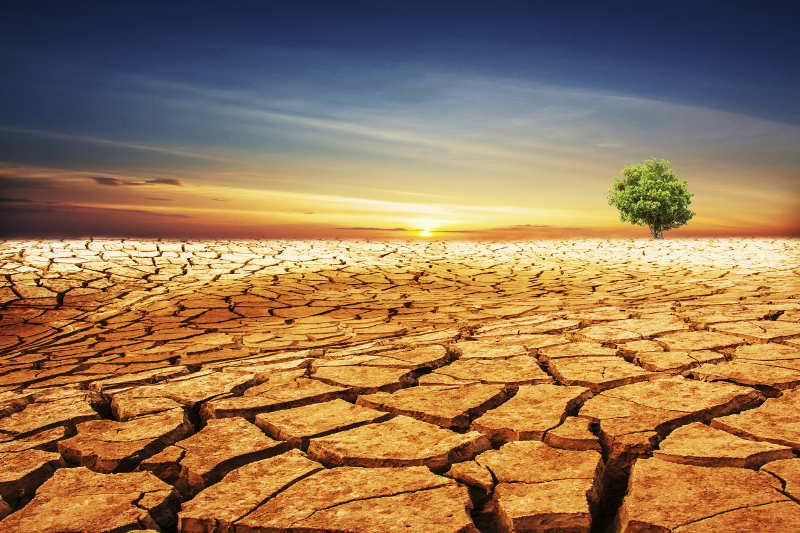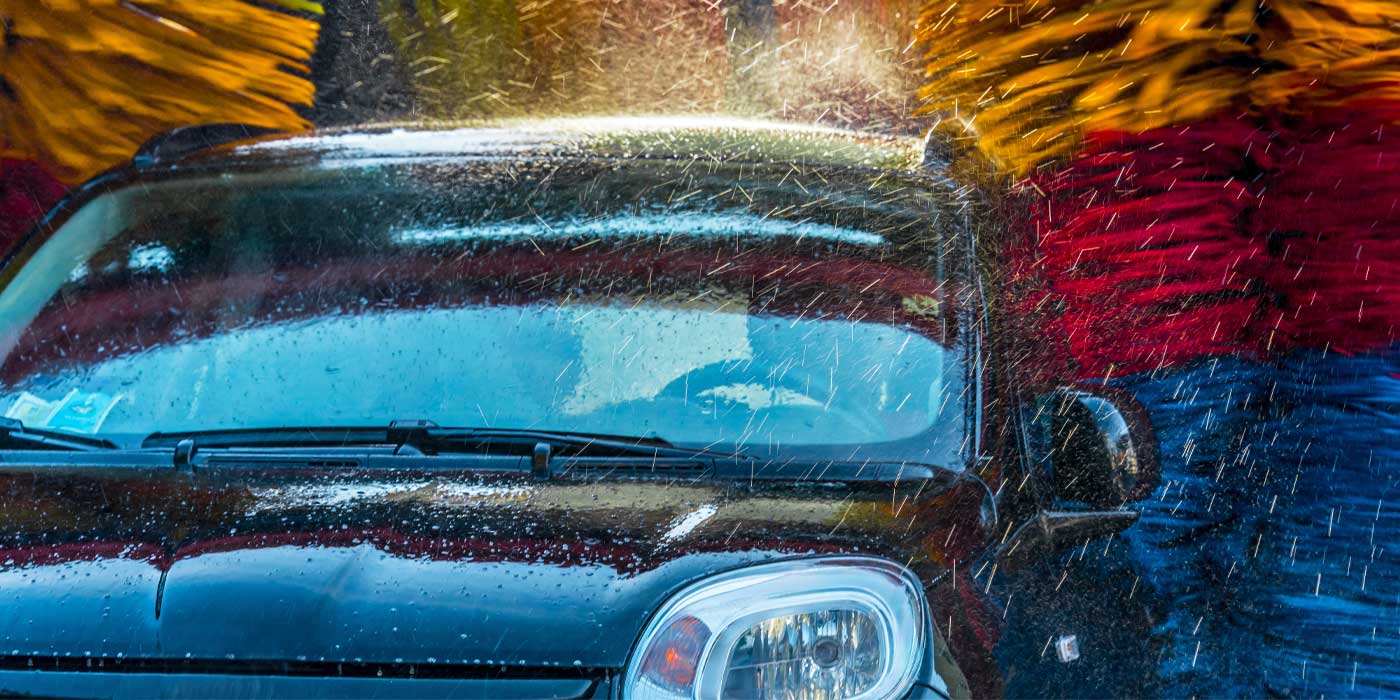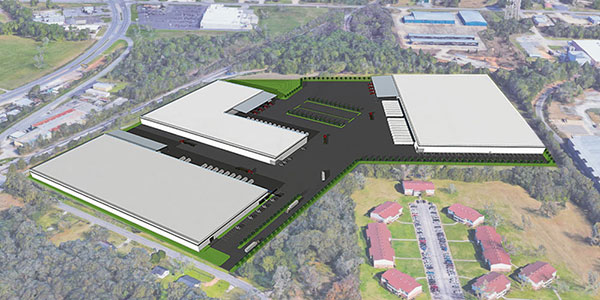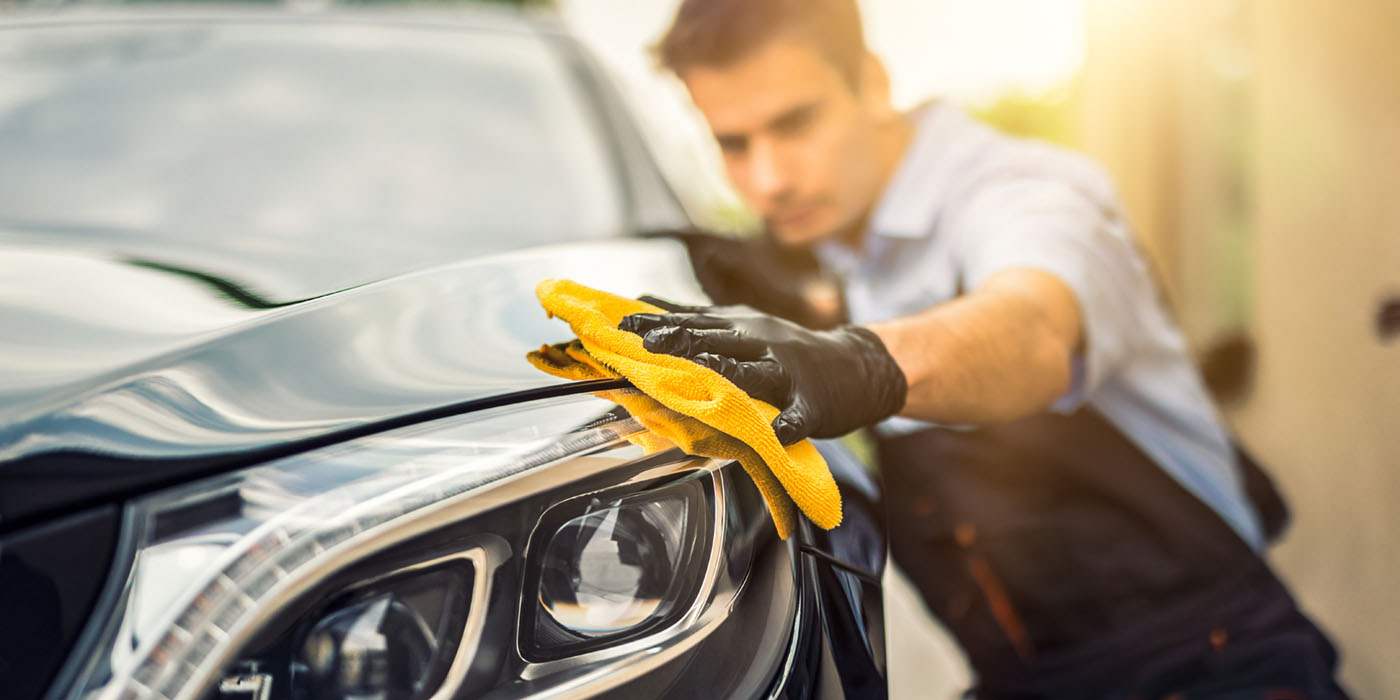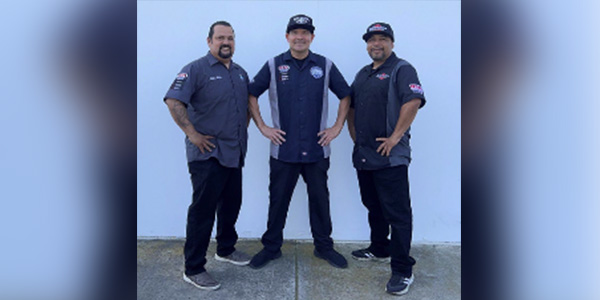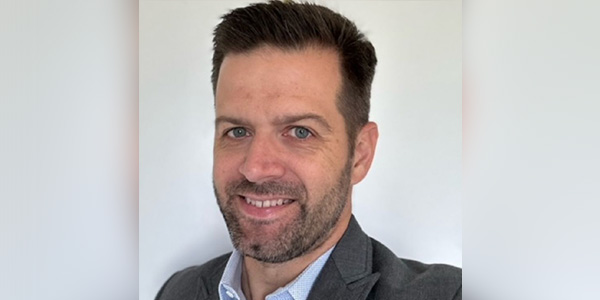Protecting the environment is a constant struggle for society. People must continually find and implement strategies to protect the world around us and preserve life as we know it, or learn how to successfully adapt. Environmental hazards are perhaps even more prevalent during emergencies such as drought events.
Widespread effects
When they occur, drought conditions are felt well beyond the regions they affect directly. Klaus Reichardt, founder and CEO of Waterless Co. Inc., says a drought’s domino effect usually starts with farmers then spreads to water-dependent businesses and industries and then to other less water-dependent companies before finally reaching the consumer.
“Every step in the process causes more hardship, which is invariably first reflected in costs,” Reichardt notes. For instance, he points to an April CNN story detailing the increases in produce prices. Grapes rose by 64 cents per pound to $3.06, melons by 24 cents per pound to $1.23 and packaged salad by 23 cents per bag to $2.91. These elevations will be felt in grocery stores, restaurants, etc.
As increased regulations govern water usage for businesses and residents alike, Tom Doll, executive vice president of sales and marketing for APANA, believes businesses that pay attention to water scarcity issues will endure.
“Water-intensive businesses who actively integrate accountability practices to help them identify potential waste events in real time are likely to benefit with continuing operations, and even expansion, over those who don’t,” Doll notes.
Deteriorating infrastructure and mechanical malfunctions can be blamed for the loss of billions of gallons of water every year, reports Doll. He continues that a carwash’s water infrastructure presents many potential failure points for responsible water management.
“The cost of unnecessary water use is said to be included in the cost of doing business until you begin to understand how much you could save,” explains Doll. “And that’s before you consider compliance requirements, rising [costs and] reduced operation mandates.”
Adapt to environmental changes
Many carwashes have had to reduce operating hours in drought-affected regions. Dean Taylor, technical sales engineer with CATEC Water Recovery and Ozone Systems, says moves like this often communicate to the public that officials are taking drastic measures to conserve water, although restaurants and hotels may use a much larger amount of this critical resource.
To combat this misconstruction, carwashes can adjust their procedures to demonstrate the reality of their eco-friendly practices.
According to Taylor, a water reclaim system is a carwash’s biggest water saver, with a typical system saving as much as 60 to 90 percent, depending on the location and wash format. Owners who operate this equipment may reap more benefits than just a lower water bill.
“In many cases where water restrictions were imposed on carwashes, [washes with] water reclaim [systems are] immune from the drought restrictions,” shares Taylor. For washes in the process of having a system installed, letters of intent can be provided to show officials a 60 to 90 percent reduction in water usage is in progress. “Many times, those washes [are] waived from the restrictions while the system [is] being installed.”
Washes can also take simpler adjustments to comply with water-saving rules, shares Chuck Howard, CEO of Autobell Car Wash Inc. “We can reduce nozzle sizes, lower psi, replace lot wash-downs with sweeping, wash towels only in full loads and eliminate all leaks,” he adds.
Even areas of the wash like restrooms can be designed to reduce consumption. “Expect the restroom of the future to be equipped with fixtures that operate with little or no water,” states Reichardt.
Technology encourages conservation
Innovations have also contributed to available water-saving options. Reverse osmosis (RO) systems have reduced the amount of reject water to produce spot-free water, notes Taylor.
“Some are actually at a 1:1 ratio now, meaning one gallon of product water to one gallon of reject water,” Taylor explains. “In the past the ratio was typically 1:3 or more. With a good water reclaim system, both product and reject [water] from the RO system can be routed to the reclaim system and brought back to the wash processes.”
Modern chemical applicators also encourage conservation more than they did in the past, states Howard.
“Instead of flooding the surface with volumes of water and chemical, only a small amount of water is used to cool the surface, and precise metering devices mix the proper amount of chemical to do the job without waste,” reports Howard.
A variety of wash materials reflect the greater attention given to reducing waste with the proper application of water, notes Howard. Washes can use rainwater harvesting systems to capture and reuse rain that falls onto the property. Recycling equipment can also return dirty water to almost drinkable quality, he adds. This technology can save on the amount of water used as well as water and sewer expenses, especially as these rates rise.
Owners can truly reap the benefits of a sustainable business model when they add monitoring to their routines, asserts Doll. This way operators can catch problems like mainline valve failure, leaks, solenoid malfunctions, filter backwash and more. Neglecting to monitor water usage can lead to a false sense of security.
“Anecdotal testament to saving water can make a good marketing message, but real data proving an operator’s vigilance is, well, ‘priceless,’” Doll continues.
Rates and investment
Water recycling equipment may require a heavy investment, but the cost can pay off. Howard shares that with increasing rates and tap fees for new locations, these systems are more feasible.
He states, “Having a system of this type could make the difference between staying open and being forced to close in future times of drought.”
Doll cites a 2014 U.S. Water Industry Report by Black & Veatch, which reports, “[Forty percent] of U.S. water utilities said they will need to enact [five to 10 percent] annual rate increases for the next decade just to cover costs. [Twenty percent] said they would need more than a [10 percent] increase, which would double water rates in seven years.”
When considering making the investment in reclaim equipment, owners should contemplate installation time and calibrate the systems for their unique infrastructures, Doll notes. A professional plumber can usually install and calibrate the most accurate, high-resolution system.
State rebates can cover up to 50 percent of installation costs, although, Doll cautions, these allowances will expire when funding runs out. However, before that happens, the combination of water cost and rebate savings provides an attractive payback timeframe, he believes.
Taylor asserts that for some businesses reclamation systems are essential for operations, since cost reduction often drives owners to explore ways to conserve water. These programs can also contribute to greater customer traffic.
“As the general public becomes more and more aware of the need to conserve water, many owners are now advertising that they are recycling their water to help cater to this new mindset,” says Taylor.
Community awareness
Public attention to green initiatives and products has increased over the years. Reichardt explains that more consumers make product selections based on water efficiency and sustainability. This principle can also translate to a carwash’s customer base.
Doll agrees. “People generally want to do the right thing for the environment, and [they] will more likely associate with businesses [that do the same] over those [that] haven’t yet adopted sustainability as competitive business [practices],” he says.
Regions of the U.S. are experiencing drought conditions now like never before, impacting a third of the nation’s population, shares Doll.
“When that large [of] an area and that many people are impacted by drought conditions, it no longer is a city or state issue; it becomes a national issue, which has increased drought awareness dramatically,” Doll continues.
Though many areas have been affected by drought and high rates, this isn’t the case for the entire country, which presents another challenge to the effort to implement water-saving technology.
“The challenge is creating cost-effective solutions that will be embraced by the whole marketplace in today’s highly competitive landscape,” notes Howard.

